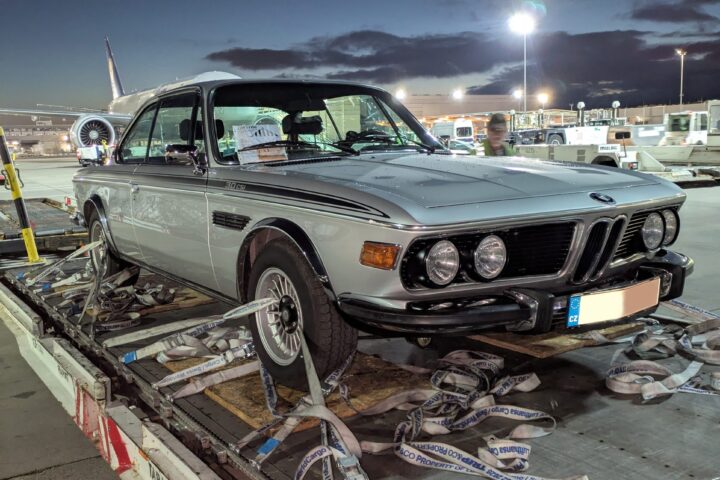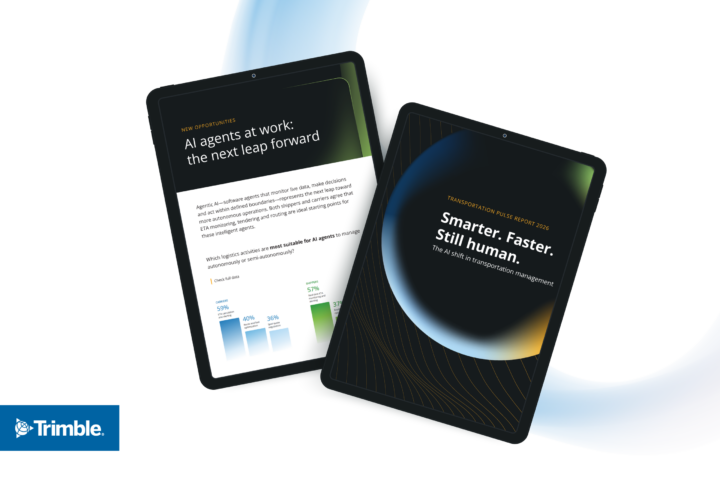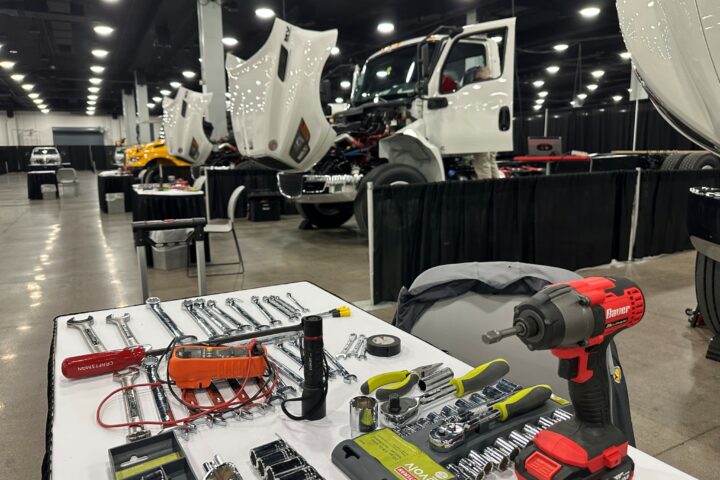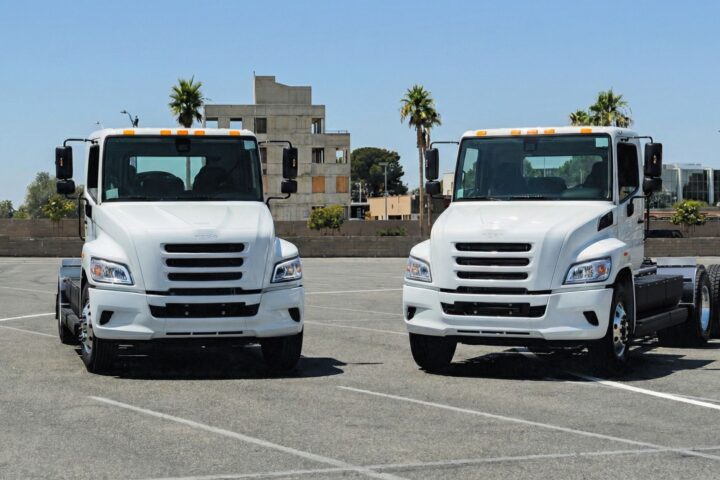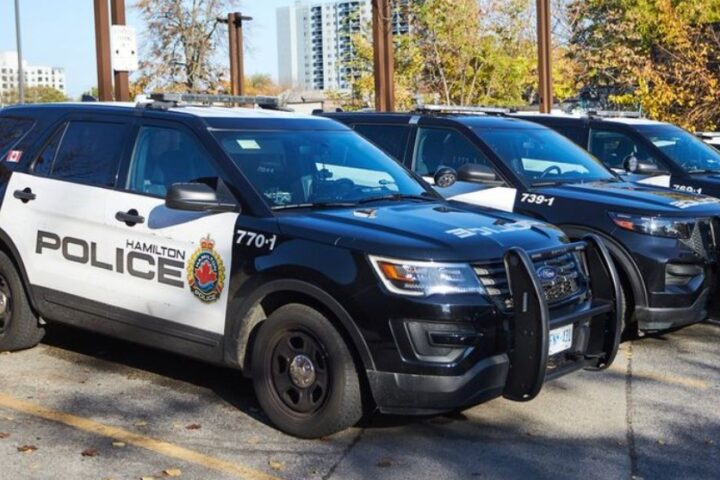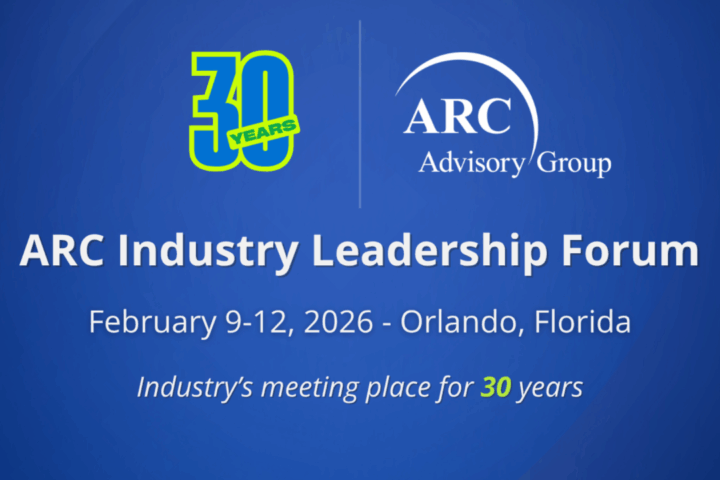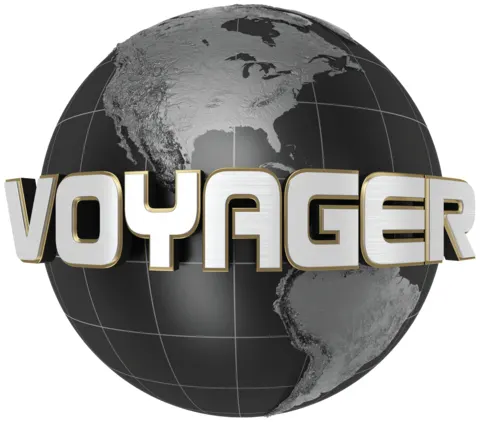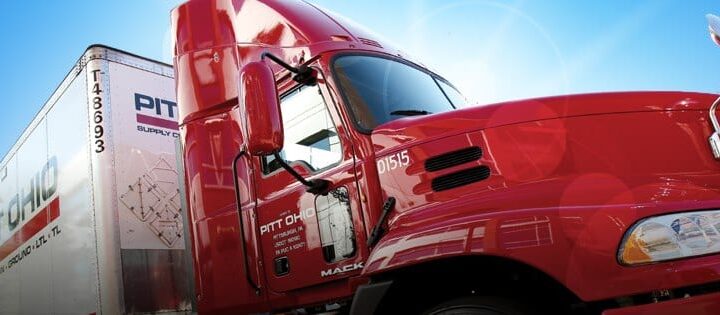As plaintiffs are securing large jury awards against trucking companies, proactive defense strategies are crucial for fleets’ protection.
Trucking companies are facing an unprecedented legal threat as plaintiff attorneys secure record-breaking “nuclear” and “thermonuclear” verdicts in the U.S. Between 2013 and 2022, there were 1,288 trucking verdicts with verdicts exceeding $10 million (all figures USD), and average verdict increased 967% in that time, reaching $22.3 million.
This is according to Kevin Mulvaney, a partner at Wilson Elser, a U.S.-based defense litigation firm, who warns that carriers must rethink risk management strategies as lawyers master their approach to getting juries on their side at the trial.

Public perception is shaped long before an accident even happens, influencing jury attitudes through advertising campaigns that make massive payouts seem justified, he says. These ads reinforce a “profits over safety” narrative in the public’s mind and put corporate defendants at a disadvantage in the courtroom.
Psychological tactics
“If you are now going to get your summons that you got to be on a jury, and you hear about these numbers — $5 million, $500 million, $5 billion — whatever it is, makes a whole lot easier for when you’re on the jury [that] a plaintiff’s attorney asks you for a measly $25 million. That seems reasonable, right?” Mulvaney explained to the attendees at the 2025 Best Fleets to Drive For conference in Charlotte, N.C.
As a result, trucking companies are often portrayed as reckless corporations that prioritize profit over public safety, regardless of the actual circumstances of an accident.
“The idea is that they’re going to have the jury think about everything in the case. ‘Don’t worry about the defensive driving that the driver might have tried to handle…All you’ll want to think about [as a juror] is this big, bad trucking company, and that if you, as the jury, award a massive amount of money to my client, it is going to send a message to the rest of the trucking industry that they must be safer.’”
A key strategy behind this is the Reptile Theory, a psychological approach that taps into jurors’ fight-or-flight instincts, Mulvaney explained, calling it a structured legal playbook that moves jurors’ attention away from the details of an accident and onto a broader narrative of corporate negligence. Attorneys ask provocative questions designed to plant the idea that profits were prioritized over safety and that a massive verdict will force the industry to change.

“They want to make the jury think that if they don’t issue a big verdict, something bad is going to happen to them, their family, or their neighborhood,” Mulvaney explained, saying that jurors are pushed toward punitive damages – that punish trucking companies for reckless or willful negligence – by asking questions like, “Are profits more important than safety?”
Broader societal factors, including social inflation, post-pandemic ‘corporate distrust’, and increased bias against large companies, also drive the verdicts up.
Reducing legal exposure
This is why proactive risk management is crucial for fleets.
“There’s no such thing as too much insurance,” was one of Mulvaney’s advice. He also urged fleets to enforce their own policies. This aligns with what Steven Bojan, director of transportation safety services at Sentry Insurance, said earlier during the conference — plaintiff attorney reviewing company policies will immediately look for contradictions between written guidelines and actual practices and exploit the gaps.
Technology can also play a role in protecting fleets. Mulvaney said that telematics must be fully utilized, as data can either strengthen a company’s defense or become a liability in litigation. Regularly reviewing exposure and understanding jurisdictional risks is equally important.
“The worst thing to do with telematics is don’t use every bell and whistle that’s provided to you. Claims attorneys, they know what’s out there… Are you actually utilizing the coaching pieces of dash cams, some sort of trigger events? If you’re not doing it, you’re not interested in safety, right?”
Because of such intricacies, Mulvaney also cautioned against taking every case to trial and sometimes it is easier to settle early on, if reasonable, to avoid risks of nuclear verdicts.
High-risk jurisdictions
Beyond individual case strategy, Mulvaney warned that trucking companies must consider where they operate, as certain jurisdictions pose significantly higher legal risks.
Florida, California, New York, and Texas, for example, are among the highest areas of risk. However, different jurisdictions have their nuances, with judges who were former plaintiff attorneys and state courts that can be more lenient in what evidence is admissible.

Mulvaney cited ‘Judicial Hellholes’ as one of the resources fleets can use to be aware of such details, as it identifies jurisdictions most favorable to plaintiffs.
For those fleets that are expanding into new U.S. territories or shifting freight routes, Mulvaney recommends evaluating the legal landscape, assessing and adjusting their insurance coverage accordingly, and updating risk management strategies for those specific jurisdictions.
Post-accident strategies to avoid nuclear verdicts
Should the accident occur, fleets must act decisively in evidence preservation, communication, and post-incident corrective measures to minimize legal exposure.
The first priority is immediate response—ensuring drivers are trained to take photos and report incidents promptly. Fleets should send personnel to the scene to assist the driver, interview employees and witnesses, and document key details. Crucially, Mulvaney says, driver interviews should never be conducted at the roadside but in a controlled environment to avoid statements that could later be used against the company.
Post-incident communication is another critical area. He warns that litigation is inevitable regardless of fault, making it essential to control messaging — employees should be strictly prohibited from discussing the accident on social media, and all internal communications must remain factual and objective to avoid creating damaging evidence.
Preserving and managing evidence is just as important. Mulvaney said that deleting or mishandling documents — especially a so-called “smoking gun” evidence — can destroy a defense. If problematic documents exist, they should be addressed transparently rather than disposed of, as failure to preserve evidence can lead to severe legal consequences, with courts potentially instructing juries to assume misconduct or evidence tampering.
This concerns not just paperwork, but equipment, too.
“If, for example, let’s say you made that decision—well, we weren’t at fault, but we know there was a bad accident, bad injuries on the other side—and you chose to keep that tractor on the road. It continues driving [and] it gets [into] another accident. Then you get a letter a couple of days later from the plaintiff’s attorney for that first accident, saying, ‘Well, we’d like to inspect that tractor. We’d like to get a download taken care of. We’d like to use 3D scan, look at all those things.’ You’ll have to say, ‘Oh, I’m sorry. It was involved in another accident.’ No, they’re gonna say, ‘Well, you spoiled that evidence.’ This is a huge problem.”



